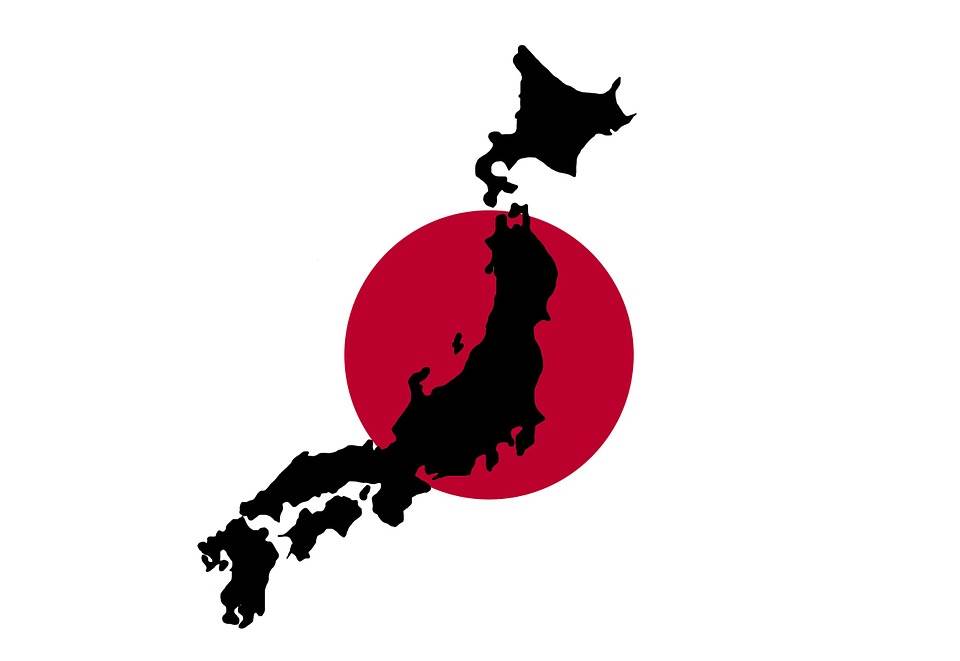 According to the Bank Of Japan, credit costs are low but they recently began to rise, signaling an increase of financial fragility.
According to the Bank Of Japan, credit costs are low but they recently began to rise, signaling an increase of financial fragility.
“Credit costs remain low but have recently started to rise, particularly for regional financial institutions,” stated the Bank of Japan on its report
According to the report, the main problem the financial institutions are facing is that they're not getting enough returns, relative to the risks they are taking.
“As they have not been able to secure adequate returns relative to the risks involved, their capital adequacy ratios have continued to decline moderately,” continued the report, “Should this situation persist, loss-absorbing capacity in the event of stress would decrease, intensifying downward pressure on the economy by weakening financial intermediation,” they added.
Besides this, local financial institutions have been turning to the overseas financial market, making them more vulnerable to the situation of the foreign markets, even more so considering that the global markets are currently experiencing tension due to Trump's trade wars.
The Bank is now concerned because the institution's highly accommodative stance is propitiating this situation. However, they still are struggling with complying with its mandate, which in turn forces them to keep this stance, as inflation in Japan still doesn't reach its 2 percent target level.
Japanese manufacturing activity dwindles
According to a report released by IHS Markit, the manufacturing activity in Japan keeps falling, hitting its lower level in three years.
The Jibun Bank Manufacturing Purchasing Managers Index fell to 48.5 this month. The service sector index fell to 50.3 A figure below 50 shows contraction.
“Japan’s economy hit a widely-expected bump in October following the consumption tax increase which took effect during the month,” explained IHS Markit on its report, “The latest data suggests the service sector is going to have a lot of slack to account for.”
Japan recently decided to increase the consumption tax from 8 percent to 10 percent at the end of the last month, since its been trying to fix its fiscal issues (mostly caused by an aging population).
By 10:14 GMT the EUR/JPY remained steady at 120.95. The GBP/JPY went down by 0.23 percent, at 140.05.
